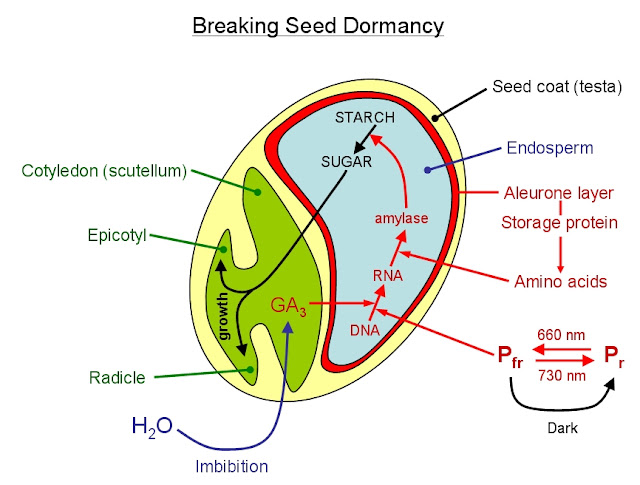HOw To SNAKE IDENTIFICATION GUIDE
The size of this snake is hard to know in this picture, could be 8 feet coiled up under the bushes...or it could be what it is, a small snake I found under one of the landscape timbers recently. Of course, on first reaction, it might as well have been 8 feet long, scared the crap out of me for a brief moment.
So it made me realize we need something to learn the good snakes from the bad snakes.
 |
| Snake guide for Texas |
Having 11 acres of land, much of it still covered with trees and brush and a large area with a pond/swampy spot, we reluctantly share our space with snakes. Even though I'm not a big fan of them, I'm also not the type to just kill anything that slithers if it's not dangerous to us. For example, 'Texas Rat snakes' eat large quantities of rats and mice and if that will help keep the mouse population in check, we're OK to have them there.
 |
| Snakes of Southeast Texas |
But like the picture at the top of this post, I still need to know what are the good ones or the bad ones. Recently, I found this guide on Amazon, it's called Snakes of Southeast Texas. A slick, glossy, waterproof foldable that has pictures of each of the most common snakes found in our part of the state. It shows which are venomous, which are safe, which are aggressive and which are not. It will be nice to have on hand at the farm...
UPDATE: I forgot to add, since many of you asked, what this snake is. I ordered the snake guide, and then promptly left it at the farm before I had a chance to look at the picture again. I will look at it this weekend and see what it shows. I had intended to leave it in town so we could study it, but forgot. I'm pretty sure, and with 2nd Family's thoughts, this is a harmless one.




Comments
Post a Comment